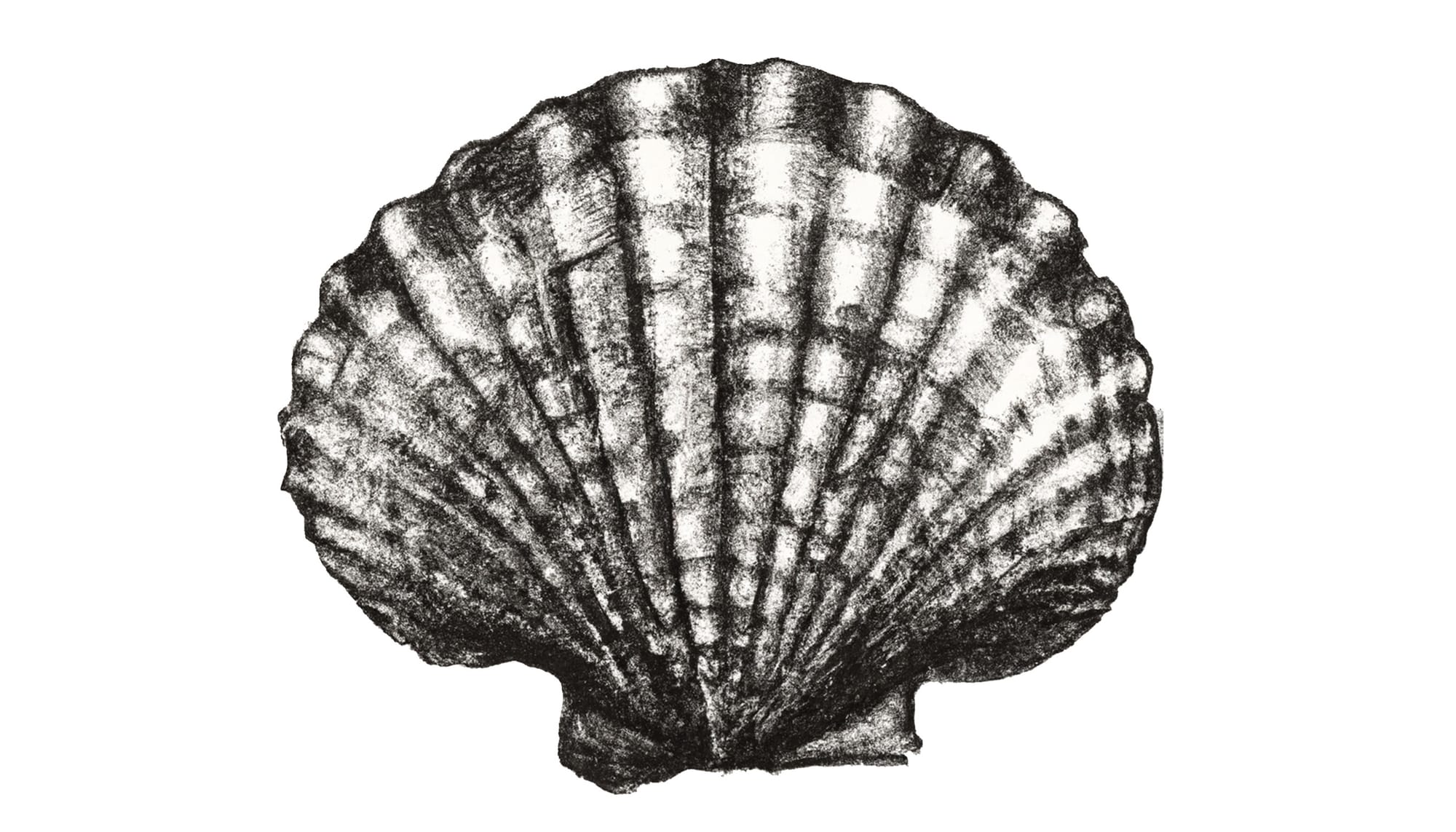This week, just three interesting ideas:
Braised Cabbage
Braised cabbage is a most excellent contemporary French dish that most of the world seems to have overlooked. Should you find yourself lacking funds or creativity for something more exotic, try this:
- Section a whole white or red cabbage into quarters, keeping the stem on (this holds the leaves together)
- Pry open the leaves of each quarter. Rub olive oil and salt inside, along with whatever else feels right
- Place the 4 quarters face-down in a roasting pan. Add a few glugs of chicken stock, some shallots, garlic cloves, and chilis. Toss in more butter than you feel is necessary or safe
- Rub the tops with olive oil, season everything liberally with salt and pepper
- Blast that cabbage in a furnace-hot oven (200-225° C is a good starting temperature. Bonus if you have a convection setting), turning it down once the outer leaves are crispy. When a knife slides through the cabbage easily it’s ready
Scallop Parts
Scallops are fascinating. While we are all familiar with their circular adductor muscles, scallops have other parts and they are all excellent. Whole scallops contain roe sacks (the Portuguese call them “livers”, because their consistency is similar to chicken livers), and skirt muscles (sometimes called beards or mantles, and very popular in Japan as an otsumami, or drinking snack). Plus, their shells are beautiful and make great plate decorations. With a single batch of whole scallops, you could make:
- Scallop liver paté by blending the roe sacks with some heavy cream and liqueur (chicken paté uses Cognac but for scallop paté, maybe white port?)
- Scallop beard infused-butter by simmering beards in butter with tarragon and whole white pepper
- Scallop ceviche, by soaking sliced scallop adductors in citrus, salt, and pepper then drizzling them with warm beard-butter
Fish Fat
Speaking of interesting uses for whole sea creatures, fish fat — the visceral stuff around the organs — can be rendered down and used just like other rendered fats (i.e. chicken or duck fat). Josh Niland, the Australian chef who popularized this idea at his restaurant Saint Peter, makes confections, pastries, and even breads with fish fat. Not all varieties of fish have copious amounts of fat, but those that do are stripped of it (as well as edible fish livers and other interesting internal organs) by fishmongers before selling. Gutting/boning fish is certainly messy business, but it’s not particularly difficult — and as with chicken, you get lots of fun extras to play with.
- Brown fish spines in oil, then deglaze with wine, fennel, carrot, and celery, for an awesome alternative to a chicken stock base
- Replace some of the butter in a brioche recipe with rendered fish fat for a super-savory bread
- Roast whole fish heads or mine them for collars, jowls, and other choice cuts that can be pan-fried just like filets (bonus: this video of Niland breaking down a fish head into tongue and throat cuts is very awesome)
- Salt and lightly fry fish livers to eat as a snack with sourdough toast, green onions, and kewpie mayonnaise
Image created with generative AI. Prompt: pen-and-ink sketch of a scallop shell on a white background with space on all sides; Dall-E; 7 attempts
